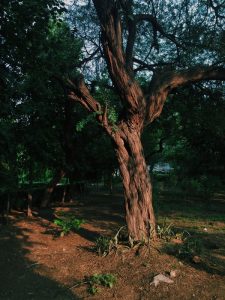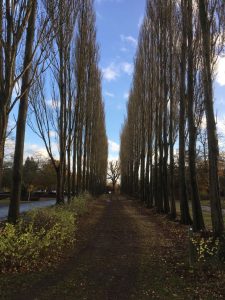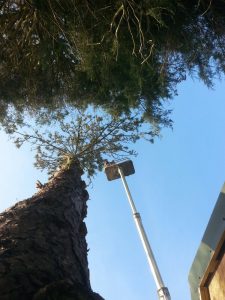Temperatures are plummeting and the beautiful trees you’ve been caring for all year are in for a rough few months. It’s time to make sure you’ve done the best you can to give them a fighting chance. The following tips and tricks won’t take too much time out of your day, but are essential to having healthy and happy trees in the upcoming spring.
Pruning
Winter is a great time to give your trees a much needed prune. It’s important to rid them of any deadwood they may be carrying because this can result in unwanted guests making them an escape from the cold temperatures. It’s also a good idea to prune your trees because it ensures there are no dangerous branches or limbs that could cause harm or annoyance to your family over the winter.
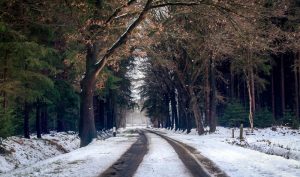 Watering
Watering
Moist soil is usually a lot warmer than dry soil, which will keep your trees roots in great condition. In the winter, water will act as an insulator for your trees and protect them against the harsh temperatures. It’s important to make sure your trees are watered properly in the autumn, before the ground freezes.
Mulching
Properly mulching the base of your trees is critical to their well being over the winter period. Adding two to three inches of mulch to the base of your trees at the beginning of winter will not slow the rate of moisture loss, but will also help maintain a consistent soil temperature. Without a good layer of mulch, the constant freezing and thawing of the ground over time will jeopardise the trees roots and its overall health. If you live in a climate where the ground stays frozen, it is a good idea to mulch after the ground has frozen for the winter to prevent any woodland creatures from making it their winter home. It’s important to let the trunk of your tree breathe, so refrain from piling it up like a volcano and instead aim for more of a donut shape.
Trunk Wrapping
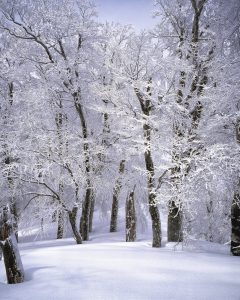 Wrapping the trunks of your trees is a great way to protect them from the harsh temperatures that winter brings. This will help your trees maintain a healthy temperature throughout the winter and prevent them from sun-scalding which is a type of scaring that can occur. Sun-scalding results from the harsh re-freezing at night after the warm winter sun tempts the trees cells out of their dormancy. This unfortunate process will leave the tree with visible scarring that isn’t the most pleasing on the eyes. Wrapping the base of the tree helps prevent this and is much easier than painting the tree white to reflect the sun, which is an alternative but more permanent remedy.
Wrapping the trunks of your trees is a great way to protect them from the harsh temperatures that winter brings. This will help your trees maintain a healthy temperature throughout the winter and prevent them from sun-scalding which is a type of scaring that can occur. Sun-scalding results from the harsh re-freezing at night after the warm winter sun tempts the trees cells out of their dormancy. This unfortunate process will leave the tree with visible scarring that isn’t the most pleasing on the eyes. Wrapping the base of the tree helps prevent this and is much easier than painting the tree white to reflect the sun, which is an alternative but more permanent remedy.
Hopefully the above tips will help you prepare for a harsh winter and keep your trees looking the best they can all year round. If you have any further questions, don’t hesitate to get in touch. We’re always happy to help.

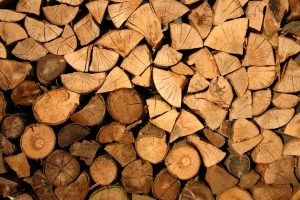 You’ll also know how pricey firewood can be if you’re not smart about what you buy and who you buy it from.
You’ll also know how pricey firewood can be if you’re not smart about what you buy and who you buy it from.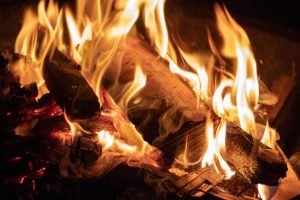 ased with the level of heat.
ased with the level of heat.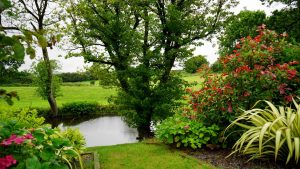 Brown and yellowing leaves
Brown and yellowing leaves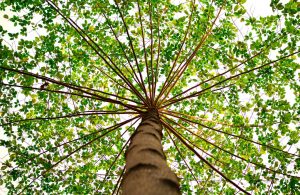
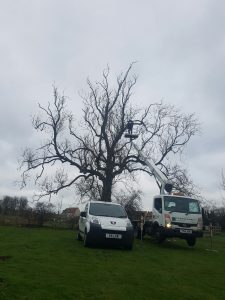 in temperate and tropical climates all over the world.
in temperate and tropical climates all over the world.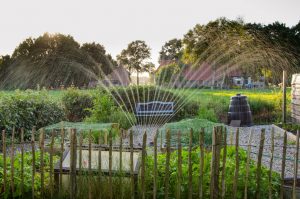
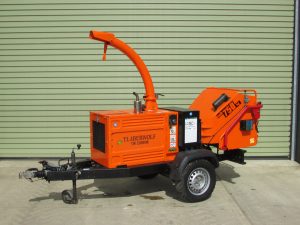
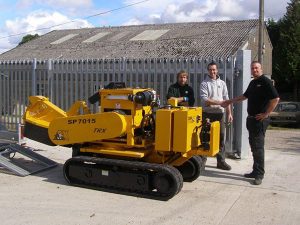
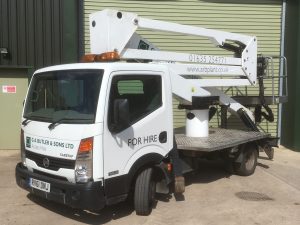
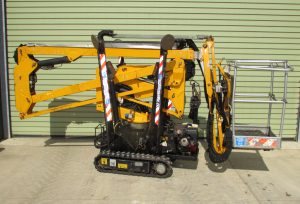
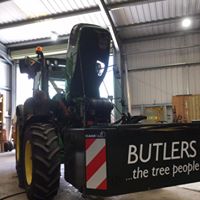
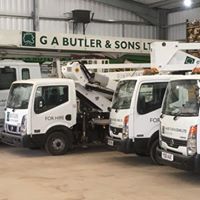

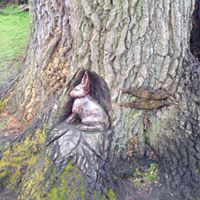
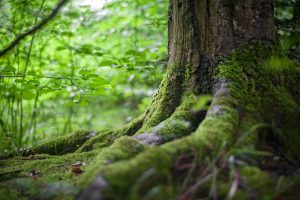 For example, it is not recommended to plant a tree known for large roots next to a patio or tarmac as they may become disrupted once the roots spread.
For example, it is not recommended to plant a tree known for large roots next to a patio or tarmac as they may become disrupted once the roots spread.